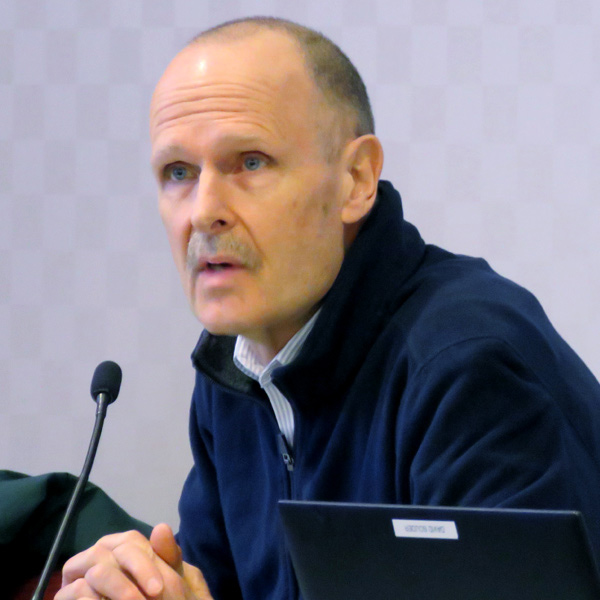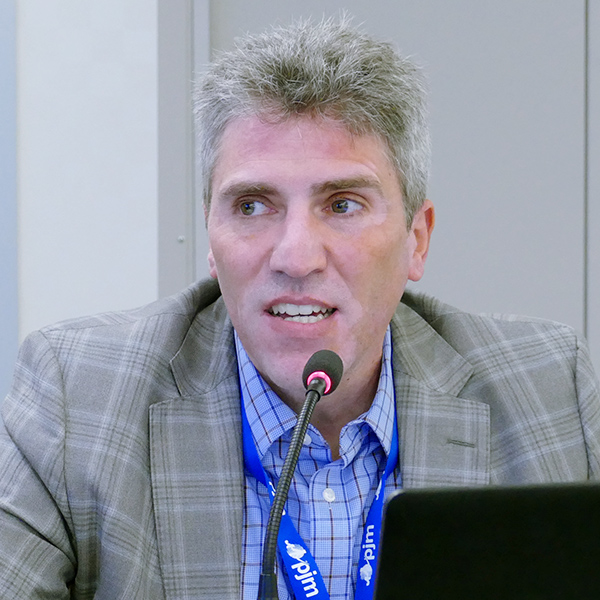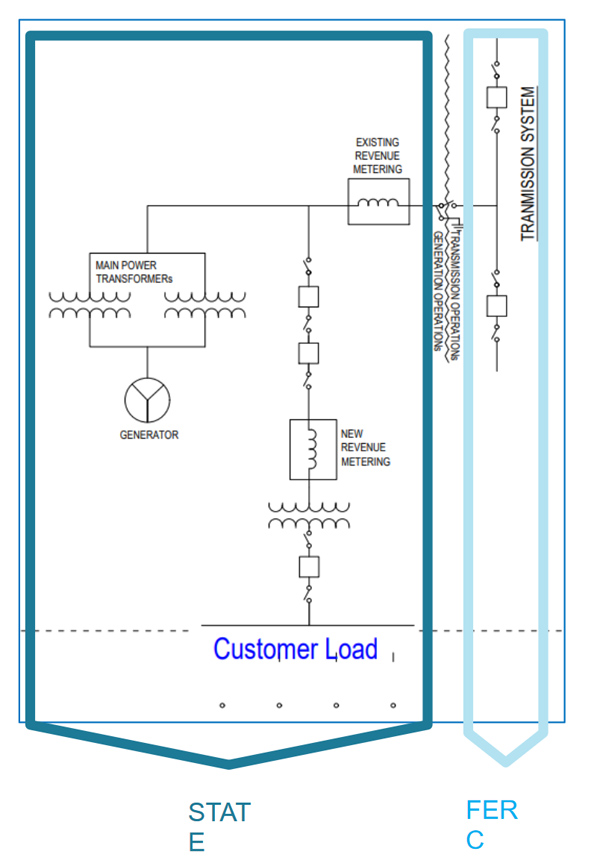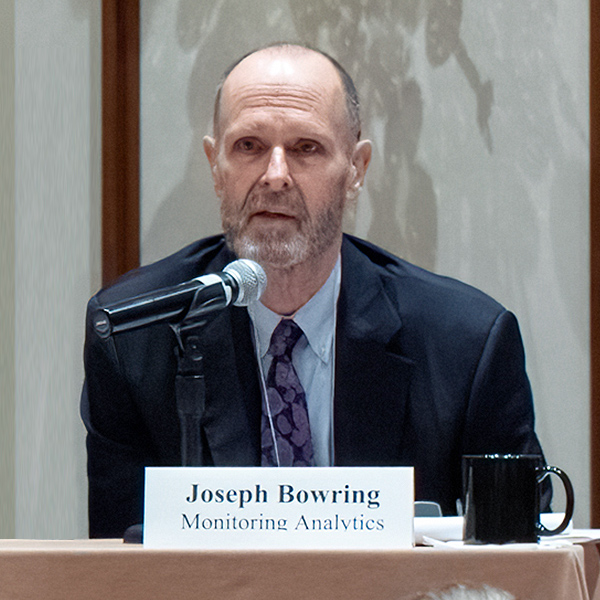Texas lawmakers and ERCOT stakeholders did not hold back last week as they took their first shots at the Public Utility Commission’s proposed redesign of the grid operator’s market.
“The end loser is the end user,” Sen. Donna Campbell (R) said during a Thursday hearing of the Senate Business and Commerce Committee. “This plan is so convoluted, [and] a long timeline to be put into place, that it’s a setup for failure for everybody.”
Campbell was one of several senators who cast doubt on the PUC’s proposals, chief among them the performance credit mechanism (PCM). The design would require load-serving entities to buy performance-based credits from generation resources that meet reliability standards. It has been widely portrayed as throwing extra money at dispatchable generators and ignoring cheaper renewable resources.
The PCM is one of six market designs the commission has asked ERCOT stakeholders and the general public to provide feedback on by Dec. 15. The commission only rolled out the designs earlier in November after months of analysis and modeling by two consulting firms. (See Proposed ERCOT Market Redesigns ‘Capacity-ish’ to Some.)
The performance credits must be produced during the highest reliability risk hours to meet the reliability standard. LSEs can purchase the credits, awarded to resources through a retrospective settlement process based on availability during the riskiest hours, according to their load-ratio shares during those same periods. This allows generators and LSEs to trade credits in a voluntary forward market, the consultants said. Generators must participate in the forward market to qualify for the settlement process.
San Francisco-based Energy and Environmental Economics (E3), which was paid $614,000 for its work, recommended a forward reliability market that has been called a “straight-up forward capacity market.” Other designs it analyzed included an LSE reliability obligation and a backstop reliability service that the PUC first proposed last December.
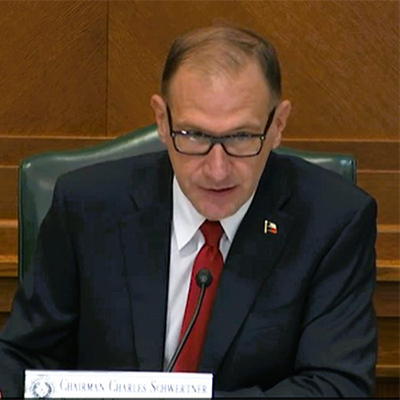 Texas Sen. Charles Schwertner | Business & Commerce Committee
Texas Sen. Charles Schwertner | Business & Commerce Committee“To be quite frank, I don’t see … a requirement for new generation,” B&C Committee Chair Charles Schwertner (R) said. “That’s what I think we need to be focusing on: … ensuring we get what we need as a state. The bottom line is we need more dispatchable thermal generation because of the changing characteristics of the world and the federal pieces of law that allow for non-dispatchable to be really incented. Texas has to respond.”
The state’s politicians have focused on new dispatchable thermal resources since the February 2021 storm, despite the fact that they, like all resources, failed to perform during the event. PUC Chairman Peter Lake said E3’s analysis recommended that the PCM’s reliability payments only go to “truly reliable sources” that can commit in advance. He said that by reserving revenues for those resources, the PCM’s expected costs are $200 million cheaper than ERCOT would be expected to pay in 2026 “in the absence of any reform.”
Schwertner asked Lake how fast Texas would see the 5.6 GW of gas-fired capacity that E3 said would be on the system by 2026.
“As always, it depends on a number of variables, [the] first of which the generators would tell you is regulatory certainty,” Lake said, noting E3 expected it would take three or four years to build out the ERCOT system. “Some generators have expressed to us that once they have regulatory certainty, they’ll start building generators concurrently.”
“Are they prepared to come before us today and promise they’ll do that?” Schwertner asked.
“I’ll leave that to them,” Lake responded.
“Yeah, they’re not going to be here today,” Schwertner said.
The lawmakers zeroed in on the costs of the proposed designs and whether they will incent the dispatchable generation. E3 said the recommended designs would improve ERCOT’s loss-of-load expectation (LOLE) to 0.1 day/year by 2026 at an incremental cost of $460 million over the current energy-only construct’s total customer costs of $22.3 billion. A hybrid design combining the backstop reliability service and dispatchable energy credits would be most expensive at an incremental increase of $920 million a year.
Carrie Bivens, ERCOT’s Independent Market Monitor, said the E3 report doesn’t accurately model the operating reserve demand curve, the market mechanism that values the market’s operating reserves based on their scarcity and reflects that value in energy prices.
“This will understate the future revenues of the energy-only market and therefore alter the build and retention signals for resources,” Bivens said. She said E3 also overstates generator retirements by 2026 at 11 GW, resulting in an LOLE that is higher than it should be.
“We don’t see 11,000 MW of retirement. … That affects many of the conclusions throughout the report,” Bivens said.
She allowed that the PCM could be designed to send appropriate price signals “consistent with competitive market principles,” but the backstop reliability service would be costly because it would immediately sideline about 5 GW from the energy-only market and withhold it at the price cap, she said.
“That’s economic withholding and that will serve to increase energy revenues in the short run,” Bivens said.
The IMM has recommended that ERCOT develop a two- to four-hour day-ahead capacity product to account for the increased uncertainty associated with intermittent generation, load and other factors. It says the product could be deployed to bring online longer lead-time units when the grid operator detects operating conditions are “departing from expected conditions.”
Speaking for Texas Industrial Energy Consumers’ commercial customers, Katie Coleman said she shared Bivens’ concerns. She said the E3 report’s newest recommendations are “new spins on old concepts … essentially, the Northeastern-style forward capacity market.”
The PCM “is still fundamentally creating an electricity tax where customers are being mandated to pay a certain amount to generators. All the complexity in this report is just figuring out what’s the size of that tax,” Coleman said. “None of these proposals guarantee any new investment. None. The PUC does not have the authority to command capital. You can create incentives based on reports from a consultant, and you can hope that the capital markets respond, but there is no guarantee that they will. … If they don’t, what happens is customers pay a penalty price.”
“It seems like the loser is always the end user, and this is getting really, really expensive,” Sen. Lois Kolkhorst (R) said. “We can come out with all these proposals, but nobody’s willing to really say, ‘I’m going to do that.’ So, there’s market uncertainty.”
Lake responded to the repeated comments and questions about increasing costs to ratepayers with the same message, saying, “We can deliver 10 times improvement in reliability for roughly the same or even lower cost to our consumers in the absence of action.”
Once it receives stakeholder input next month, the PUC plans to issue its final market design, which will then be vetted by lawmakers early next year.
“I’m looking forward to see what the marketplace and the public tell us,” Lake said.
